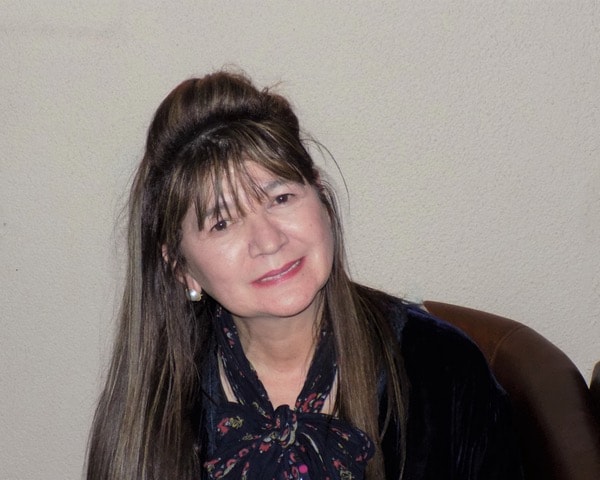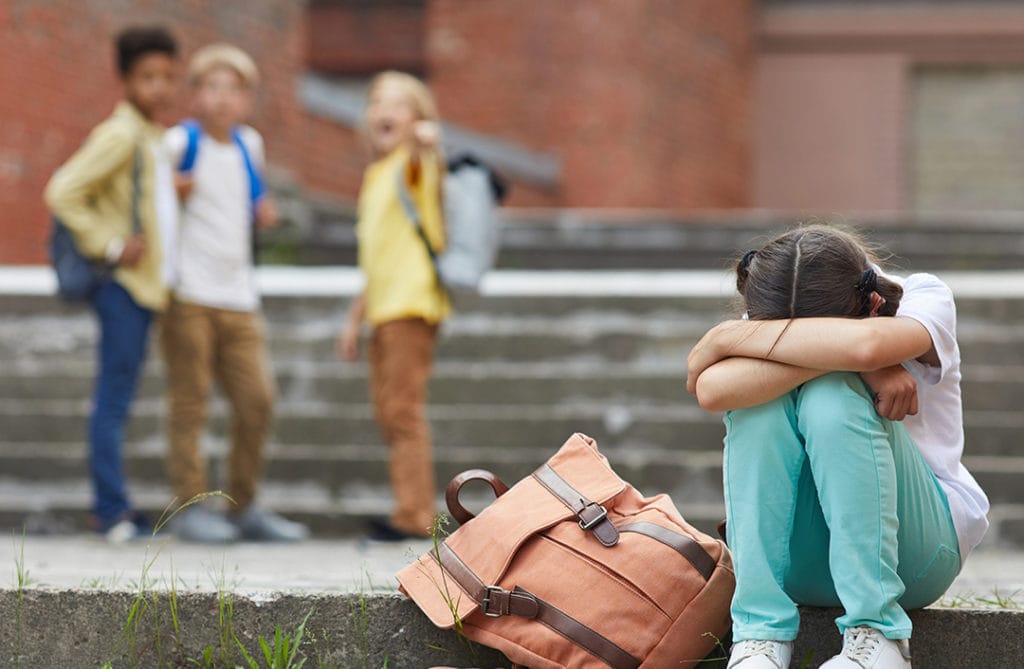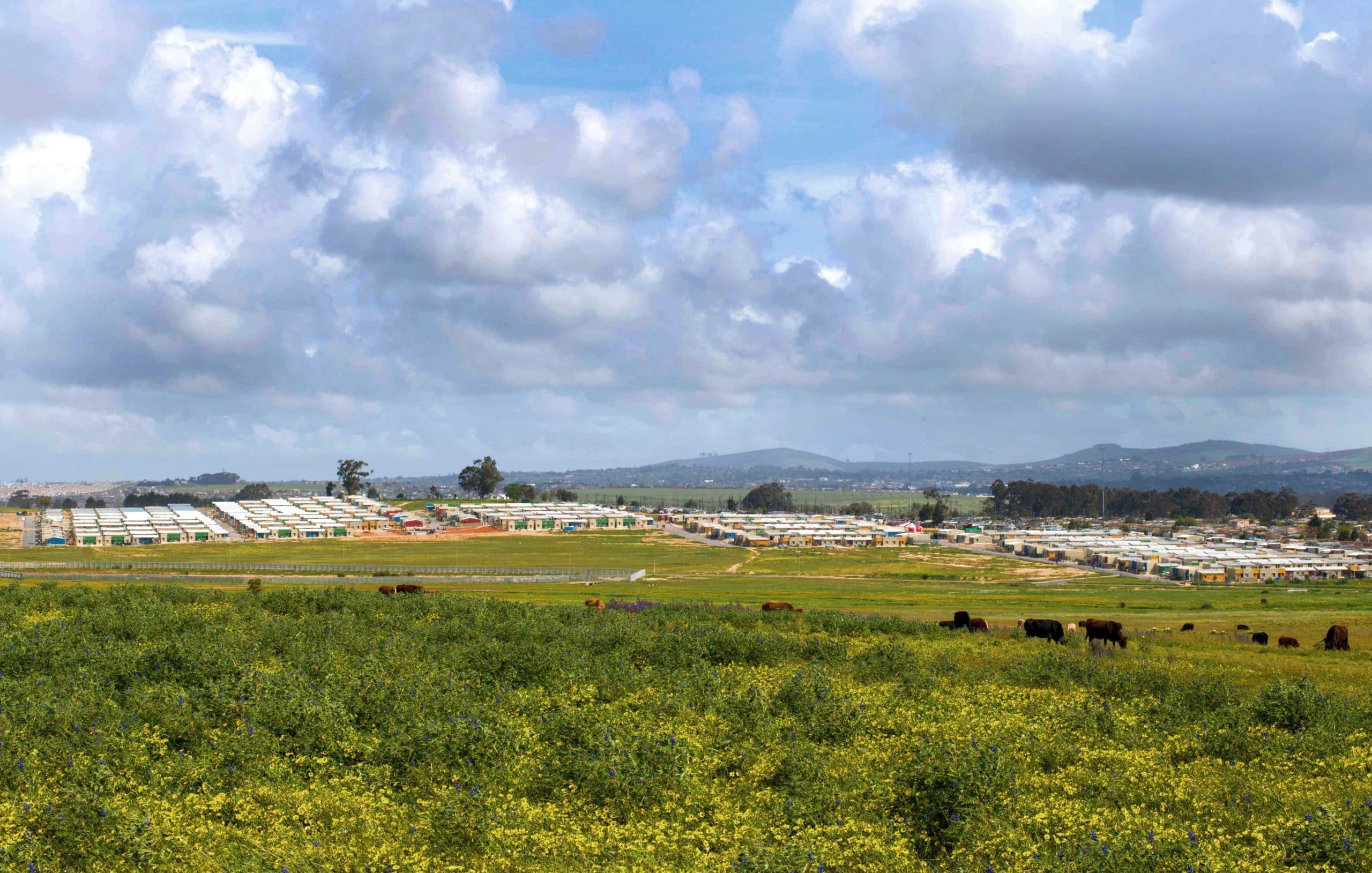Author: Dr Brenda Matthews, is a South African educationist who gained her Ph.D. with her Thesis ‘An Evaluation of a Bullying Prevention Programme – the Olweus Approach’ [OBPP].
Based on the research done towards her Ph.D. she has formulated a program that articulates the prevailing state of physical and cyber bullying at schools. She then makes recommendations for intervention strategies to enhance an individual school’s ability to provide support to learners, educators and parents.
The Archway Foundation’s primary objective is to provide halls and other essential facilities for under-resourced schools in the Western Cape. This work is underpinned by a broad concern for the general wellbeing of learners that includes their happiness, peace of mind and freedom from threats, bullying, or disruptive influences. Dr Matthews has included the input of principals of schools that have received Archway halls in her research, and in her mission to achieve solutions.
In the five months from January to May 2021 (during a time of supposed compulsory social distancing) there were media reports of different incidents of school violence and physical bullying across the country. These include a 50yr old Limpopo male teacher having raped a school pupil. A Limpopo pupil – Lafuno Mavhunga, committed suicide after being bullied at school. Cyber bullying outrage at a school in Gqebergha. KZN teen sentenced to 1year service because of bullying in school. A bullied Cape Town girl is now scared of going to school after a ‘prank’ goes wrong.
Noteworthy is that between April 2019 and March 2020 (pre-Covid 19), the release of the annual crime statistics police recorded NINE murders and or suicides and NINETEEN attempted murders. This as a result of bullying in schools. In the years before that, the record was similar.

Bullying deeply entrenched
Which tells us that not even a national disaster, when physical contact is forbidden by law, can curb bullying in our schools. It is deeply entrenched.
National and provincial school education department administrators, educators and parents are vastly concerned about bullying. As they should be. But it cannot be emphasised strongly enough that the issue of bullying has to be addressed primarily, and effectively, by those very same school staff members, parents and communities.
I fully agree with educator Michael Workman, writing on bullying at schools in the Daily Maverick (May 13, 2021), that it’s essential for the good culture of a school to firmly guide the way teaching is delivered.
The role of the teacher should include setting real-life examples of good manners and behaviour. Successfully showing children how to care for each other. Encouraging them to be friendly and kind. This could be the way to ensure that good values will be adopted throughout the school. Creating a culture of kindness, in fact.
Workman also highlights the work of Norwegian bullying preventionist and widely acknowledged pioneer researcher into the subject, Dr Dan Olweus. My own PhD dissertation sought to test the efficacy of the implementation of Olweus’ intervention programme, specifically in schools in the Western Cape. The recommendations that emerged were:
- The principal’s support for the process is vital.
- The staff as a whole, should commit to the vision and principle of their school’s commitment to the prevention of bullying. It should set the standard for an anti-bullying culture. And it should strive to ensure a measure of community upliftment as a result.
- A detailed bullying prevention policy should be developed and form part of the learners’ Code of Conduct. And specific sanctions should be imposed on anyone who transgresses.
- Accountability all round, should be the core of the school’s culture.
- In addition, systems should exist to support and protect victims of bullying.
- The School Development Team (SDT) should include an anti-bullying strategy in the school’s action plan. This should be revised at regular intervals. It also needs to be adapted to accommodate and/or address gaps in policy.
- Priorities for prevention with regard to victims of bullying and those who bully others should be included in life skills education, with a specific focus on violence and safety issues.
- It should also be a priority for all drivers of transport used by learners, to be skilled in dealing with incidences of bullying during transportation. In addition, substitute teachers – those parents who come in to ‘class-sit’ – should be trained in the schools’ bullying policies.
- It should also be essential for teacher colleges and universities to offer guidelines of the OBPP as a part of the students’ curriculum requirements.
- School-based counsellors and school psychologists who are uniquely qualified, should be encouraged to collaborate with bullying interventionists to enhance culture-specific interventions for bullies in schools. This will assist with on-going data collection.
During pre-Covid, in 2019, I assessed eight domains of bullying behaviour in 10 Western Cape schools. These included: Learners’ school satisfaction; types of bullying behaviour; characteristics of the bully; locations of bullying incidents at school and at home; disclosure of the bullying; peer social support and reactions and attitudes. In addition, questions were asked about the learners’ living conditions.
Social media at centre of cyberbullying
Findings, following data-analysis, yielded results such as the most common types of bullying being: repetitive nasty name-calling, exclusion, social media bullying, spreading rumours and physical bullying.
The experiences were equally distributed between boys and girls. Evidence also suggests that most victims of bullying are in households where between two to seven people live with them.
It was further found that victims are often bullied within their own social groups. Mostly, perpetrators were in the victim’s own class. Learners also reported that they were ‘sometimes’ bullied by their teachers, and their parents.
For the questions that dealt with ‘location of bullying’ the most common locations reported were the playground, the corridors, the route to school, and the toilets. Many also said that they were bullied at home.
With regard to ‘disclosure,’ certain of the respondents said they were bullied but did not tell anyone. However, the most common response was that they would inform family members and boy-/girlfriends.
A further concerning finding was that approximately one third of the respondents indicated that they would tend to participate in the bullying if they did not like the learner who was being bullied. Respondents were generally uncertain how to help a learner who was being bullied.
My most recent findings on the most common types of bullying, show that one victim may experience all of those types of bullying at the same time. On the other hand, the perpetrator and or syndicate of perpetrators bully others to see just how many ‘likes’ they will achieve on social media.
In my opinion – Cellphones should be banned from schools or handed in at the start of the day.
Footnote: for further information about Garden Cities’ more than 100 years as a developer of communities and the company’s wide range of concern and infrastructure click here:





